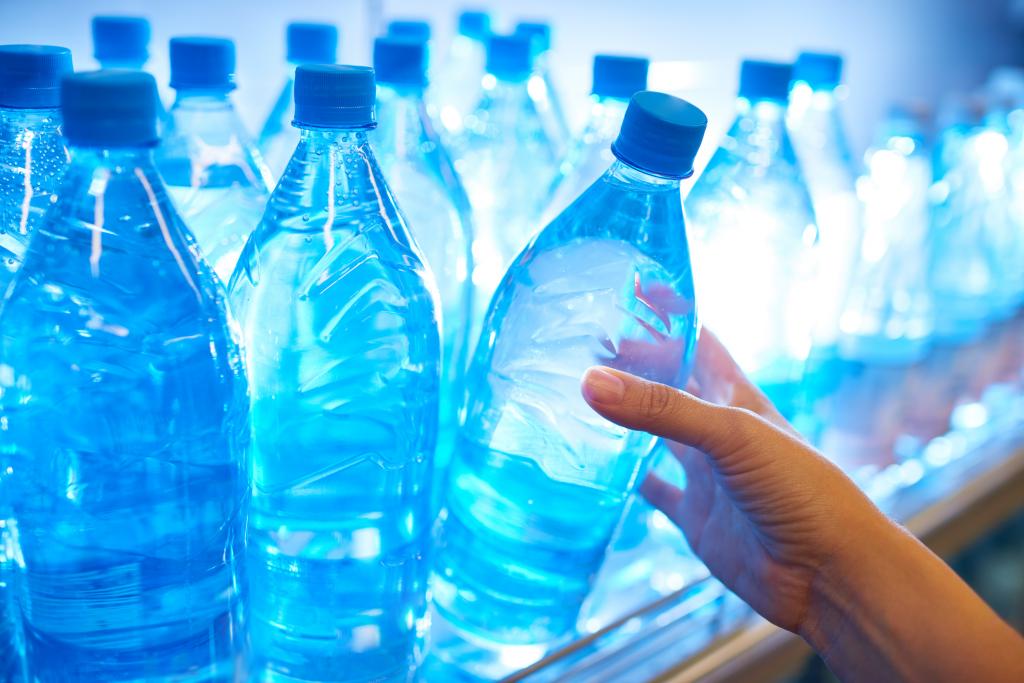In a study published in the proceedings of the National Academy of Sciences, researchers revealed startling findings about plastic pollution in bottled water. Contrary to previous estimates, a typical 33-ounce water bottle contains approximately 240,000 nano plastic fragments. This study, the first to assess bottled water for “nanoplastics” (particles under 1 micrometer), exposed potential health risks previously underestimated.
Nanoplastics, one-seventieth the width of a human hair, pose greater threats than larger microplastics. They can infiltrate human cells, enter the bloodstream, and impact organs, even passing through the placenta to unborn babies. The research, led by Naixin Qian, a Columbia University graduate student in chemistry, employed a novel microscopy technique and algorithm to analyze water from popular US brands. Each liter contained 110,000 to 370,000 plastic particles, 90% being nanoplastics.
The study focused on seven plastic types, including PET (common in water bottles) and polyamide. However, unidentified nanoparticles were discovered, hinting at potential higher plastic prevalence. With over 450 million tons of plastic produced yearly, plastic waste persists in the environment, breaking down into smaller pieces.
Bottled water, of specific concern due to its potential impact on human health, has been shown to contain higher microplastic concentrations than tap water. The act of opening and closing plastic bottle caps may release additional plastic bits into the liquid.
The researchers, including environmental chemist Beizhan Yan and biophysicist Wei Min from Columbia University, emphasize that their investigation extends beyond bottled water. Future plans involve examining nanoplastics in tap water and snow samples from western Antarctica, highlighting the extensive realm of nanoplastic research. The study sheds light on a previously uncharted territory, emphasizing the urgency of understanding and mitigating the impact of plastics on both the environment and human health.
👉 Click here to read the latest Gujarat news on TheLiveAhmedabad.com




